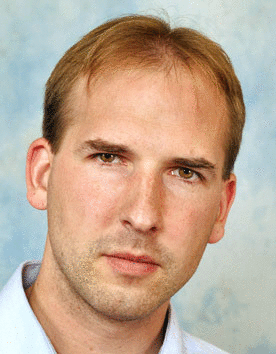Livestock Production Scenarios (AnimalChange)
Overview
Because the production of livestock products, primarily meat, is expected to more than double by 2050 to meet the demands of a growing world population, the AnimalChange project is developing models and databases to examine two issues: how the livestock sector can best adapt to climate change, and how to mitigate the significant greenhouse gas emissions from livestock, particularly methane and nitrous oxide.
The overall goal of the project is to assess mitigation options and adaptation needs of the livestock sector for both 2030 and 2050 and to provide scientific guidance in determining which of the alternatives lead to sustainable livestock production.
IIASA Research
To look at mitigation and adaptation options, IIASA researchers are first establishing a “business- as-usual” baseline to determine what future livestock production would be if current production practices continue. To do that, researchers must examine characteristics of production systems on global, regional, and sub-national scales.
That data, on such things as feed rations, productivity, and the greenhouse gas emissions from the different types of production systems, is integrated into large scale economic models such as GLOBIOM to provide the business-as-usual scenarios quantification. Those scenarios can then be analyzed under a host of influences, including changes in land and water use, developments in the agricultural markets, and changes to livestock production systems.
Adaptation and mitigation options at the field/animal and farm level are then introduced into the models to assess the technical and economic feasibility of the options at regional and global scales. Finally, the models are used to help design policies based on the most efficient adaptation and mitigation options.
Timeframe
01.03.2011 - 28.02.2015
RESEARCH PARTNERS
Further Information



